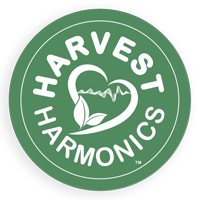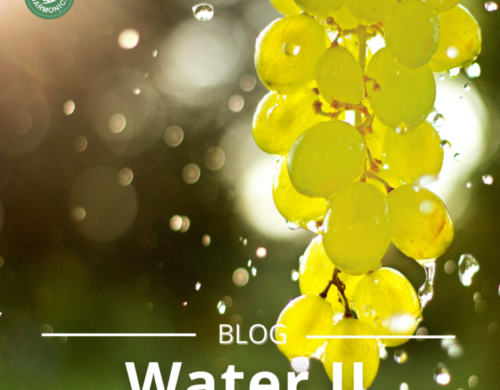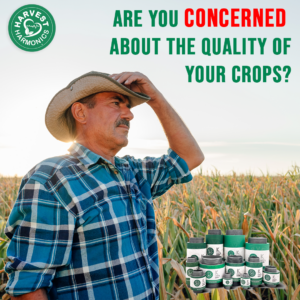Which countries are regulating the use of water for agriculture?
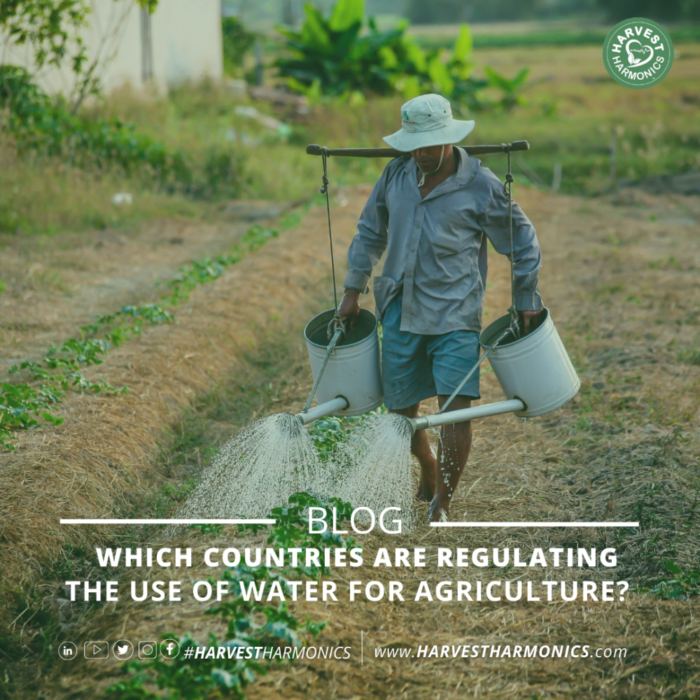
Mars looks scary. For some people, the red planet is the object of study, some others even want to go and live there. The main requirement to make that adventure possible is not to find gold, oil, or oxygen. The major concern is finding water. This molecule has many characteristics that make it not only unique but necessary to life.

The search for enough water is one of the challenges in Mars’ expeditions plans
Philosophy aside, water plays a major role in agriculture, as it is a primally resource, together with sunlight, of a good part of the crops grown worldwide (for example: hydroponics doesn’t need sunlight). Approximately, only 1 in every 5 farmers around the globe use irrigation systems. This might seem like a small number, but the World Bank (2022) disagrees:
Water is a critical input for agricultural production and plays an important role in food security. Irrigated agriculture represents 20 percent of the total cultivated land and contributes 40 percent of the total food produced worldwide.
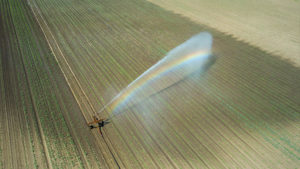
Farms that use irrigation can be more productive
Furthermost, irrigation plays a significant part in mechanized farming operations’ efficiency:
Irrigated agriculture is, on average, at least twice as productive per unit of land as rainfed agriculture, thereby allowing for more production intensification and crop diversification. (Ibid)
This efficiency that allows all of us to eat comes with a cost:
Currently, agriculture accounts (on average) for 70 percent of all freshwater withdrawals globally (and an even higher share of “consumptive water use” due to the evapotranspiration of crops). (Ibid)
The direct consequence of this water usage volume is that farmers are struggling to find reliable water sources, increasing the cost of producing food. Also, authorities in many countries are imposing laws and regulations to reduce the amount of water used in agriculture.
Production of the national food supply represents one critical use for water in the U.S.
(California Department of Water Resources, 2020)
Countries regulating the use of water for agriculture:
- Italy: authorities ordered that fruit trees and poplars no longer be watered in the region around the Sesia river. The saved water will be used to irrigate rice crops.
- Portugal: several towns in southern Portugal have already activated an emergency plan to reduce the irrigation of crops in 1800 farms.
- Spain: the water demand keeps growing in the third-largest European agricultural producer. At least one-fifth of the land is still irrigated using unsustainable methods.
How can farmers stay productive?

Fresh water is a limited resource, it’s needed for plenty of industrial processes. Agtech plays an important role in aiding farmers to increase efficiency and lower costs. Markets show an increase in alternatives to save water and keep farms profitable.
- Knowledge is key: a careful reading of the regulations will provide farmers with tools to understand and play by the rules without jeopardizing their operations success.
- Search for help: sharing experiences with other farmers, especially when it comes to technology, can give solutions according to each case’s needs. Harvest Harmonics offers a free cost-benefit analysis service to the readers of this post.
- R&D: some governments offer grants to those farms that use new technologies or strategies to reduce water usage. If you are in California, you can read about funding agricultural water use efficiency projects in the section “Cool resources” 👇🏻.
We are living changing times. The most important thing is to take care of those that matter and keep them safe, so no one would have to think of Mars as their new home. What do you think about these regulations? Are they being fair to farmers? We would love to read your opinion!
Harvest Harmonics with their Kyminasi Plants Crop Booster can help you, our farmers and our world in different kind of manners: Faster Soil Water Infiltration, Reduction of Excessive Soil Electrical Conductivity, Reduction or Savings in water and at the same time, Increase in Yields, Savings in Fertilizer, Increase in Brix Levels and Pest Resistance, all together. Connect with Harvest Harmonics’ social networks.
Cool resources:
- World Bank Infographic about irrigation
- Harvest Harmonics Cost – benefit analysis
- Agriculture Water Use Efficiency (ca.gov)
Sources and more to reed:
OECD_Food_Ag_Fisheris_Paper.pdf (fao.org)
Agricultural Water Use, EnviroAtlas National Data Fact Sheet, January 2014 (epa.gov)
Water in Agriculture (worldbank.org)
Press Room

Agricultural Technology for Farmers in India
Harvest HarmonicsTM New Biophysics Agricultural Technology For Farmers In India The Agricultural Biophysics technology, 20…
1

Organic Earth Tech, OETI, Launches One Million Dollar Technology
After hurricanes Maria and Irma, Puertorrican farmers are yet to receive the needed aid to recover. Organic Earth Tech…
0

Produce More From Less
CEO Harvest Harmonics Frank Arlia speaking at Replenish. Earth interview by Tia Kansara – London Climate Action Week. How…
0

Replenish Earth and the Environmental RE Talk Series
Replenish Earth and the environmental RE Talk Series event that reunited the top thinkers in the world Harvest Harmonics…
1
Related Posts
2024 India Just Agriculture Frank’s presentation
https://www.youtube.com/watch?v=g_4vdtXBVsA&ab_channel=HarvestHarmonics The Crop Booster by Kyminasi Plants consists of...
